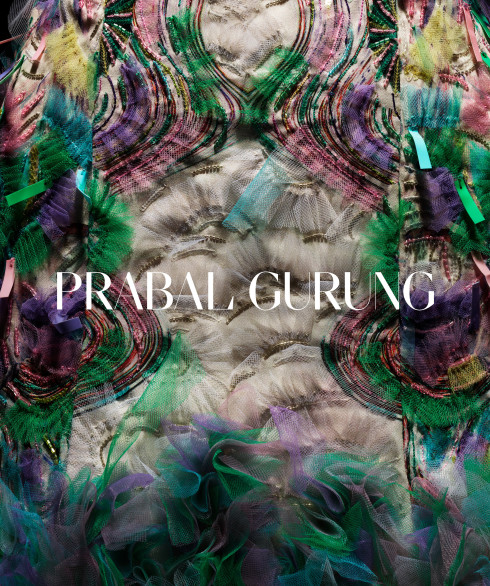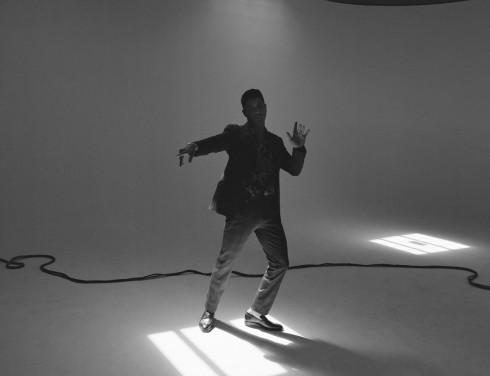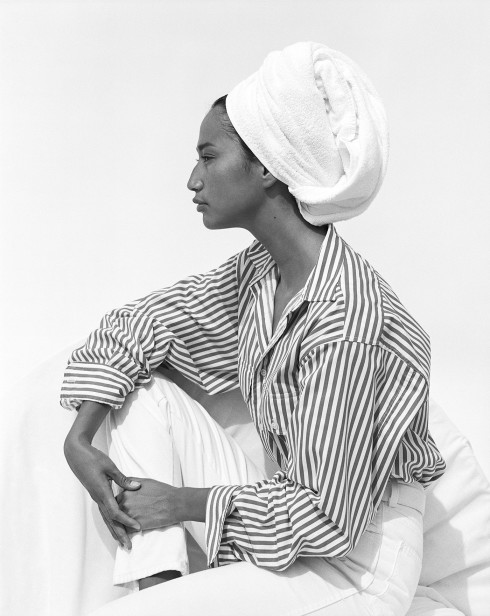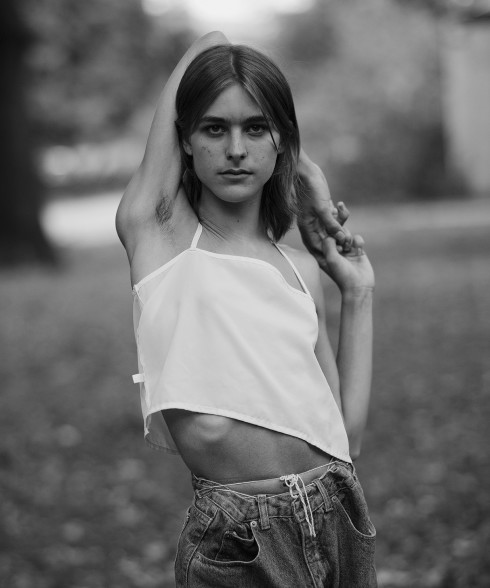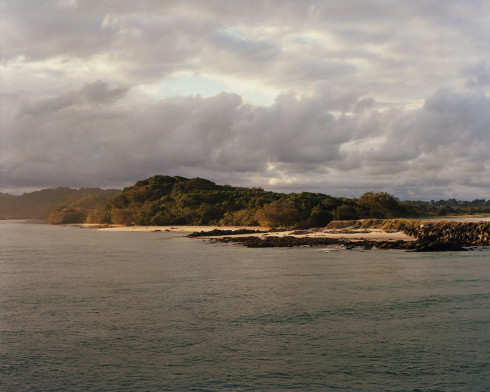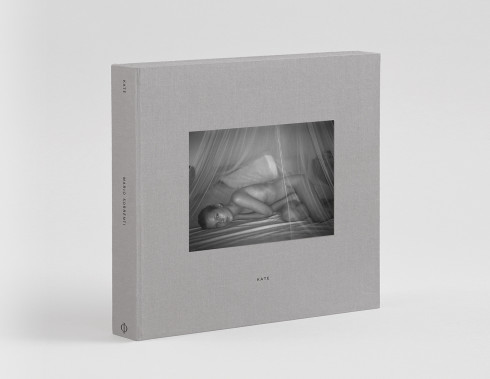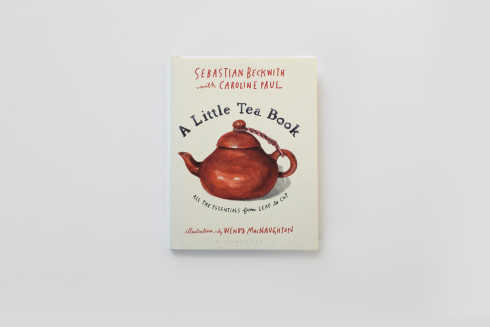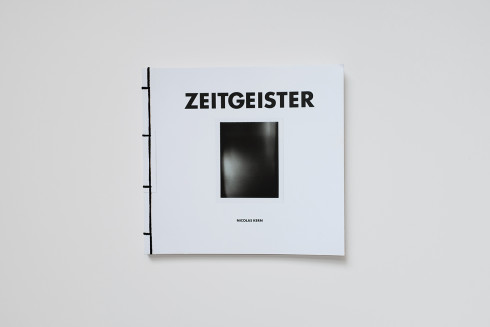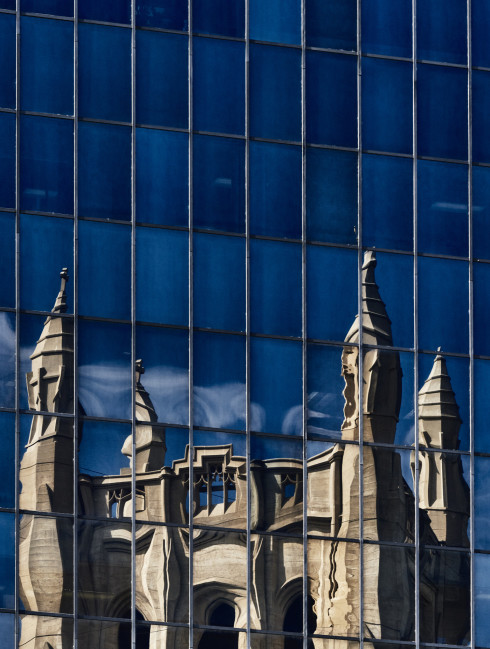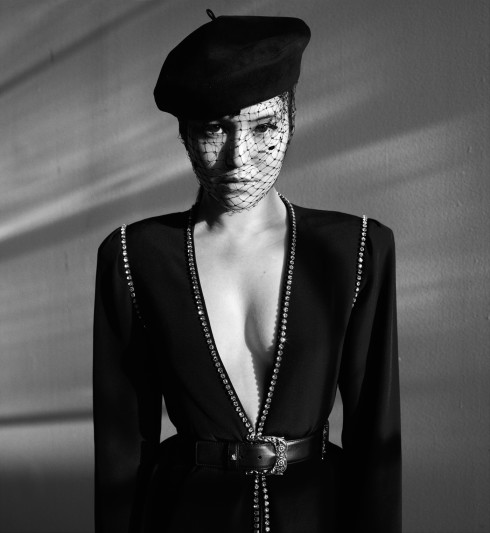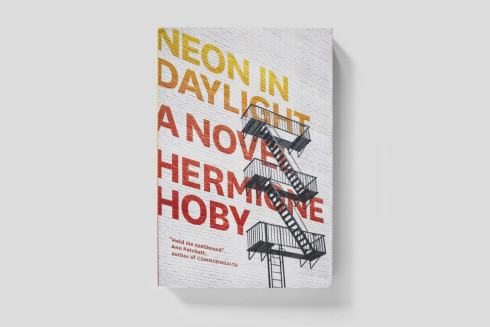QUINN LATIMER
Don’t be deceived by the title of poet Quinn Latimer’s début collection: Rumored Animals does not fixate on chupacabras, Abominable Snowmen, or the Lizard of Loch Ness. In fact, the faunas populating the poems of this superb and striking book include much more fascinating genera and species. In “Slander,” for instance, Latimer lists a few breeds with biological concision: “sister, lover, daughter, scour.” What beasts are more mysterious than these? The poet’s language is their habitat, the shifting imagery their domain.
Latimer herself has inhabited a wide swath of lands. Born in Venice, California, and having studied at Sarah Lawrence College and Columbia University’s School of the Arts, the poet now roosts in Basel, Switzerland—Basel as in the home of Art Basel, the world’s premier international arts festival. Fittingly, she’s used her poetry to participate in a variety of gallery exhibits, reading or recording her verse as soundtrack for installations. She also writes criticism for Artforum and Frieze, and her essays have been sought for numerous artists’ monographs.
What Latimer’s own art seeks is a new kind of animal, something ghostly, something she refers to as an “obscure intelligence.” One imagines a spectral wolf inhabiting the bard’s pen, driving the ferocity of a poem such as Rumored Animals’ “Fuel.” Or, perhaps, an eldritch lamb who lends its fleece to sop spilled ink from a quieter lyric, like that of “The Invention.” One gathers that Latimer’s stables are vast, and roaring. The poet’s influences range from European high art to the counterculture of Southern California to the vivisections of a life’s relationships and family, which bleed into a line such as the one from “Slander” quoted above. Like the incandescent scales of the rumored Leviathan, Latimer’s words glitter, whether they’re submerged within a “Bathysphere,” beside “The Eels” in a porcelain bowl, or during an “After-Work Swim at the Thunderbird Motel.”
But in Rumored Animals, Latimer’s aesthetics inform more than just the florescent language. For example, she collaborated with designer Sarah Leugger to concoct the book’s cover, whose typeface she helped to meticulously cull. In choosing these letters, Latimer says she “was thinking of the title cards in Godard and Fassbinder films,” the “beautiful old Continuum paperbacks of the Frankfurt school writings,” and the “German World War II intellectual refugees [who] completely changed the Los Angeles culture industry.” What she chose turned out to be a brand new font—Duiker Grotesk—freshly molded by Dutch typographer Jan Duiker. It satisfied all of Latimer’s requests: It embodies historical shapes yet is still indelibly contemporary. But, as Latimer explains, “It also has an excellent ‘Q,’ which was a concern, since so many fonts really drop the ball on that letter.”
Sitting at the head of her given name, the letter “Q” is Latimer’s very own. On the book’s cover, it holds the responsibility of identity. It is a testament to the talent (and charm) of this poet that her book suffuses so much art and history into a single, side-cocked figure of the alphabet. Like a private globe, creeping with life. Like the steady glare of a feral eye.
Quinn Latimer’s Rumored Animals is available now from Dream Horse Press. For more information, please visit QuinnLatimer.com.
